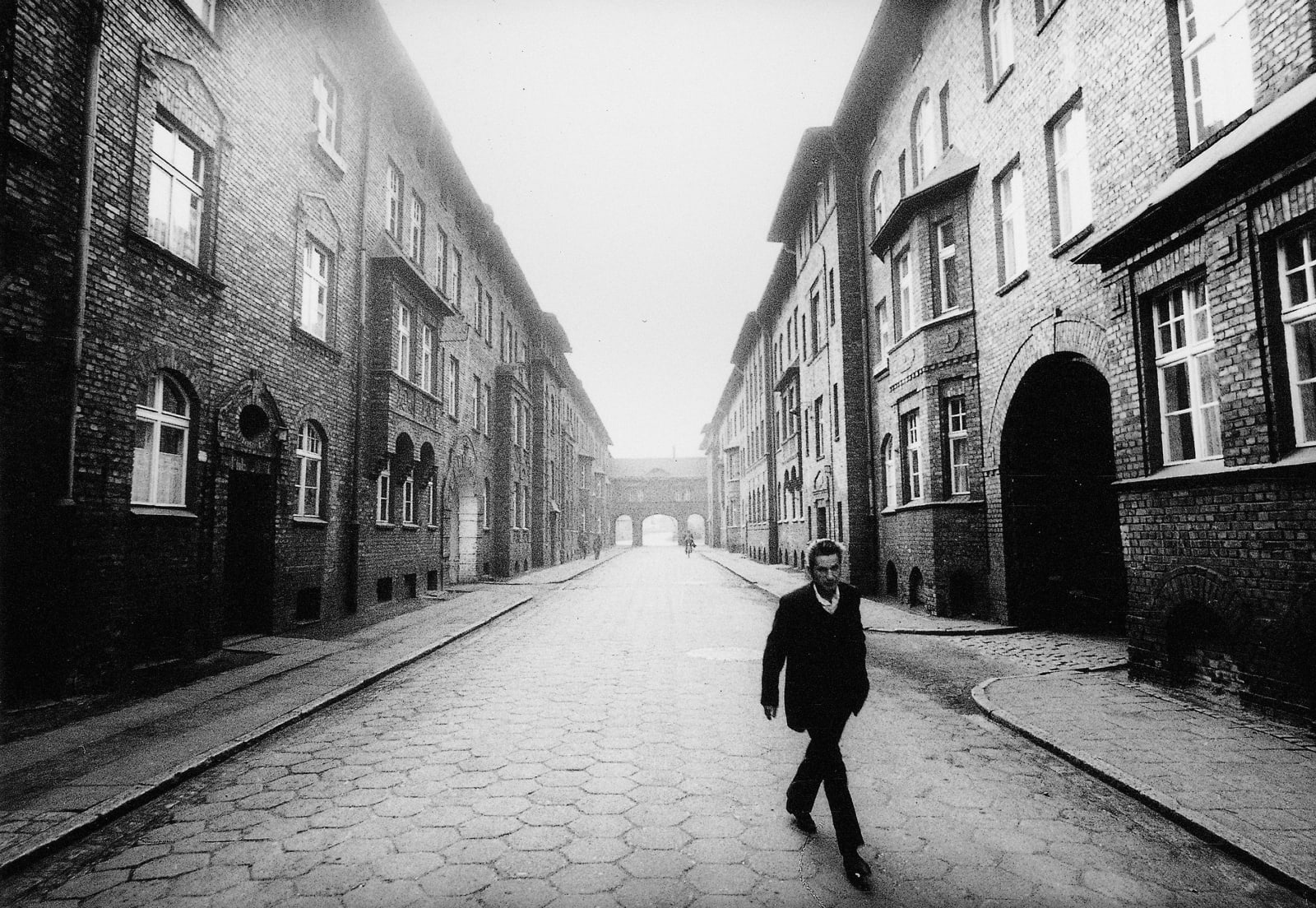Michal Cala
Katowice is a city of more than 300,000 inhabitants, at the centre of one of Europe's principal coal-mining and iron-making regions. In the nineteenth century it was part of the Prussian province of Silesia, but from 1922 was incorporated into Poland.
The suburb of Nikiszowiec is one of the most notable workers' communities in Europe. It was built in two stages, 1908-15 and 1920-24 to provide homes for miners employed by George von Giesches Erben, a Silesian mining corporation that originated in the early eighteenth century at the Nickisch (now Poniatowski) mine, one of 14 in the Giesche (now Wieczorek) colliery complex. The housing was designed by the architects Georg (1871-1958) and Emil (1870-1937) Zillmann from Charlottenburg. The familoks (family dwellings) are arranged in nine blocks each with its own courtyard. The buildings are of three or four storeys, and some have attics or cellars.
The community was intended to be self-sufficient, and had shops, bakeries, a hospital, a pharmacy, public baths, a public laundry, playgrounds and a hostel for unmarried workers.
Nikiszowiec was designated a national historical monument in 2011.
(Eoropean Route of Industrial Heritage)
'Silesia and Galicia' publication, signed by the Photographer Michał Cała is available now to purchase via gallery online shop
Exhibitions
Various exhibitions incluidng Silesia 1975-1985, MMX Gallery, London, 2017
For more deatils please go to ARTIST PAGE
Publications
Silesia and Galicia, Published by the Museum of History Of Photography, Krakow, 2015,
